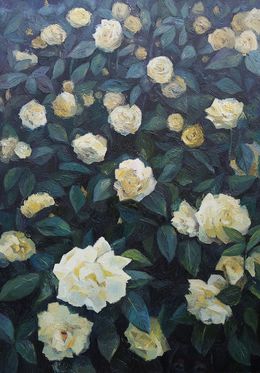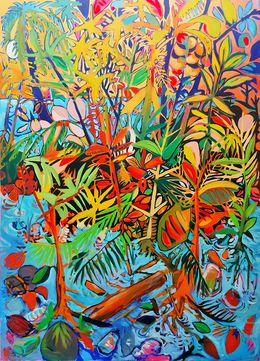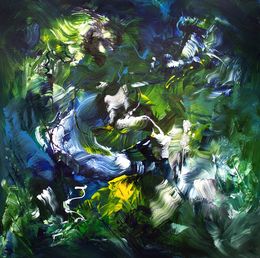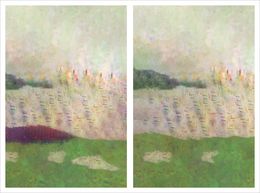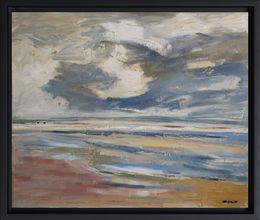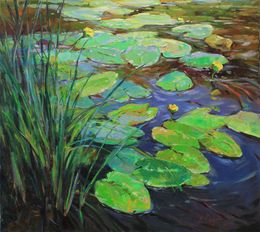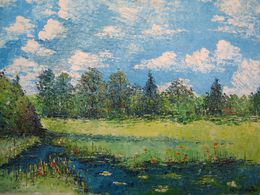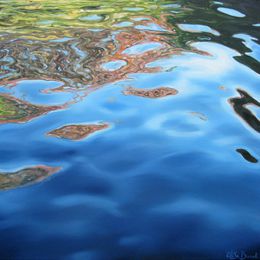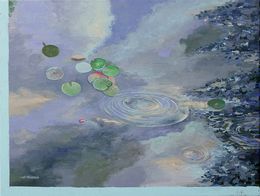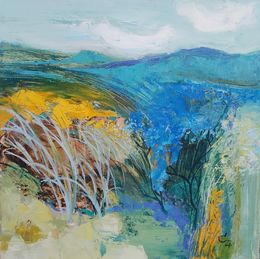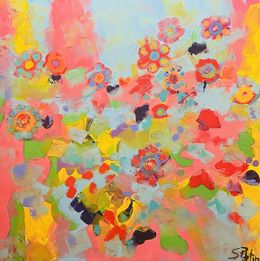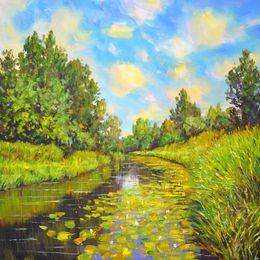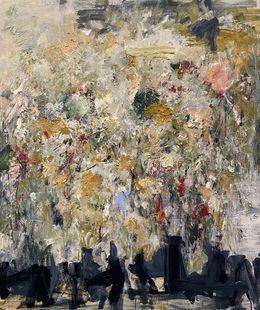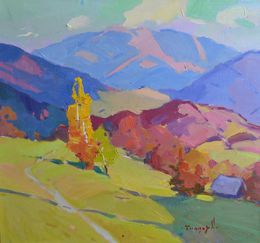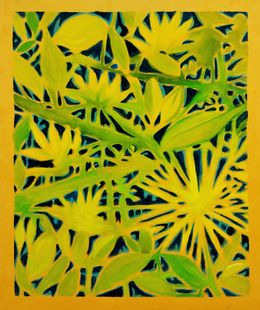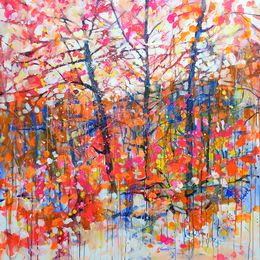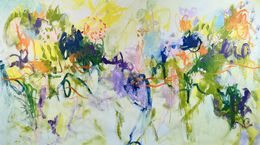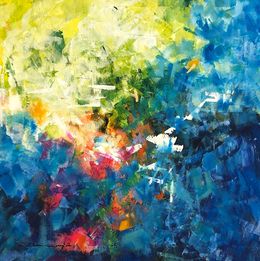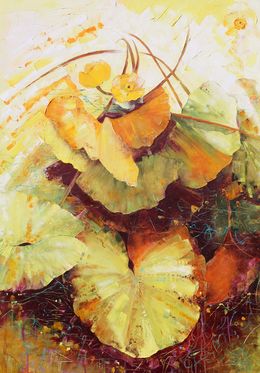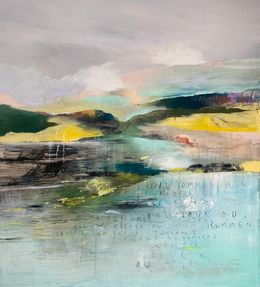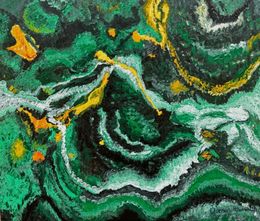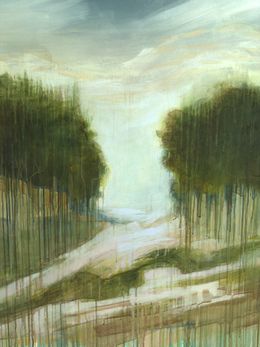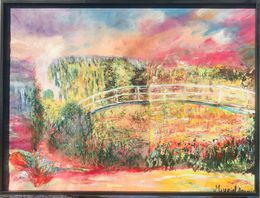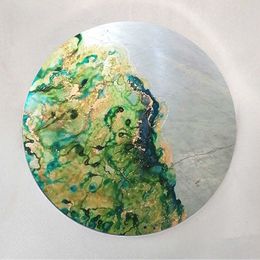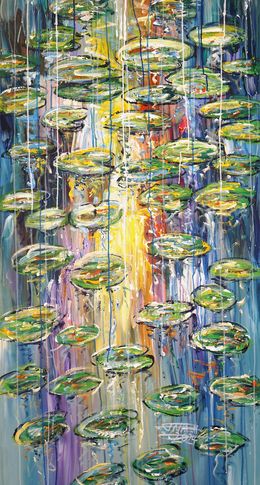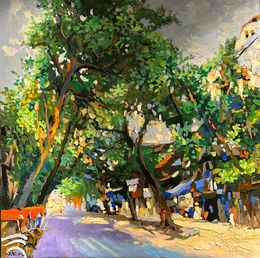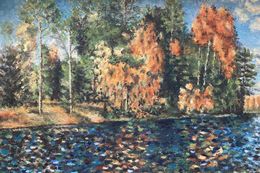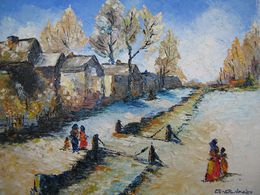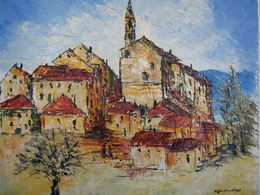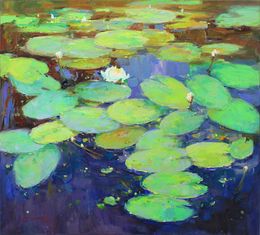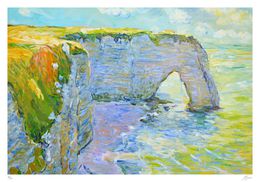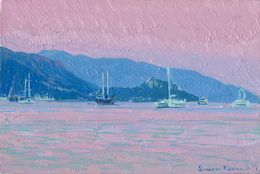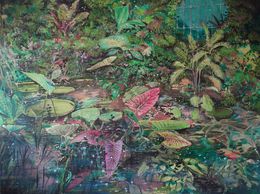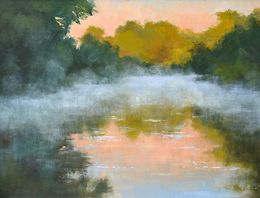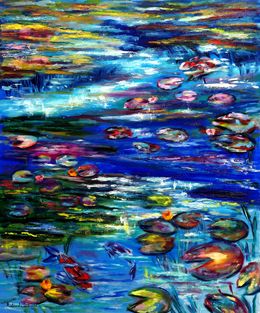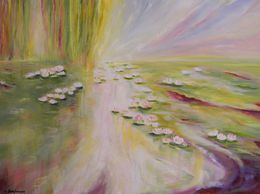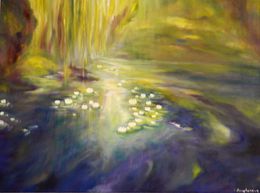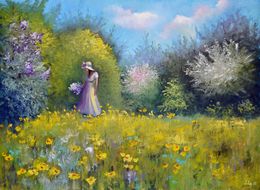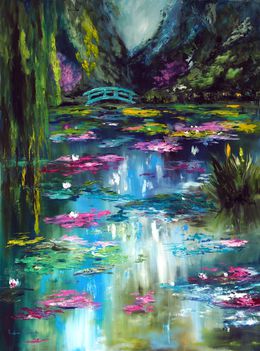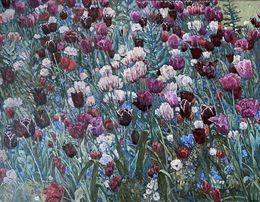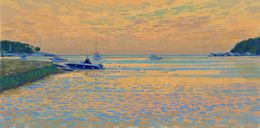
Inspired by Monet
Everyone loves the masterful Claude Monet! And it's not difficult to understand why, with his dreamy impressionist paintings of landscapes, peaceful reflections in the water and shimmering light...
An artwork like Impression, Sunrise, which coincidentally inspired the name of the Impressionist movement, can easily enchant you, transporting you with its palpable morning atmosphere. In fact, this is the magic of Monet's paintings: they capture the atmosphere of the scenes he's depicting in two-dimension.
His works are love letters to nature. The impressionist artist observed carefully, admiringly, noting the changes that happen as the hours pass, the shifting light and the passing of the seasons... More importantly, he observed nature without ever getting tired of it.
It was rare for Monet to be satisfied by painting a subject only once. Through his impressionist works, he wanted to represent the effect of light and atmosphere on the subject, claiming this was how the subject truly came to life. He painted series of trains, haystacks, water-lilies and snow. He depicted his subjects at sunrise, at noon, at dusk, with mist, in the summer, in the winter… The list is infinite.
Monet is the undisputed master of Impressionism and has changed the course of art history forever. He sought to reproduce light and colors as he saw them. In order to achieve this, he began to paint outdoors instead of in the studio, as painters had done for centuries. This allowed him to fully notice his subjects as they were, rather than trust his memory which could be misleading.
Other French painters of the Impressionist movement such as Pierre Auguste Renoir, Camille Pissarro and Alfred Sisley also painted en plein air.
Discover our selection of contemporary artists and painters, whose own depictions of beautiful landscapes and shimmering reflections were inspired by Monet's artworks.Save your search and find it in your favorites
Save your search to find it quickly
Saved search
Your search is accessible from the favorites tab > My favorite searches
Unsaved search
A problem occurred
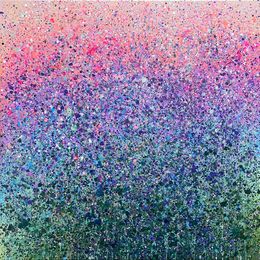
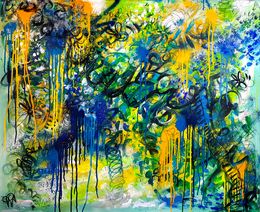
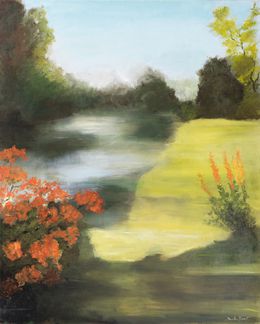
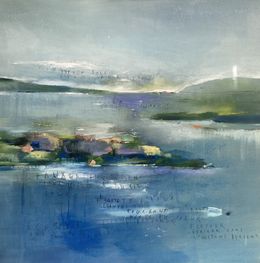
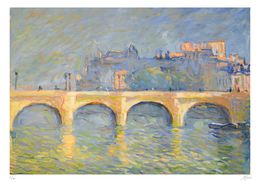
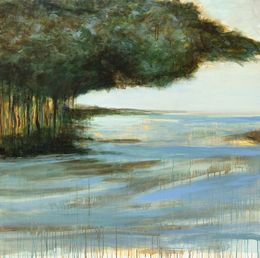
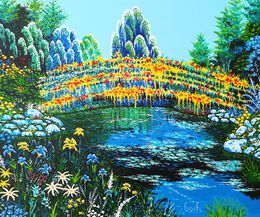


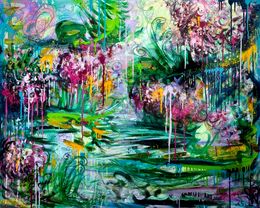
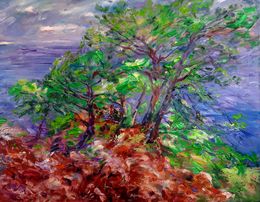
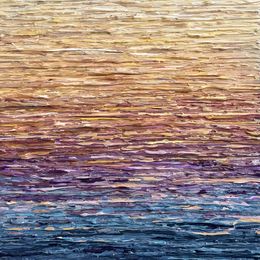
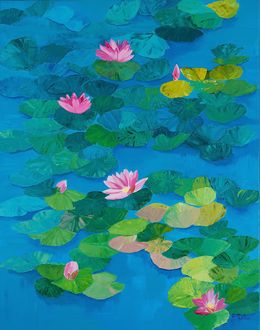
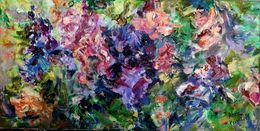
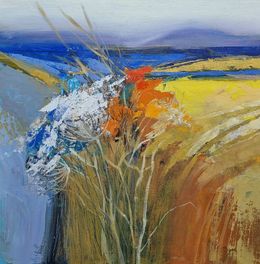


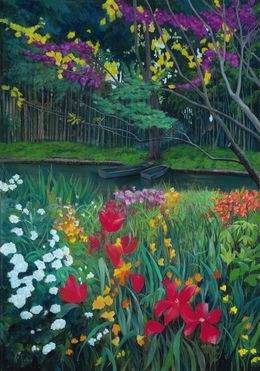
Agnès Tiollier
Fine Art Drawings - 100 x 70 x 0.18 cm Fine Art Drawings - 39.4 x 27.6 x 0.1 inch
$1,965
